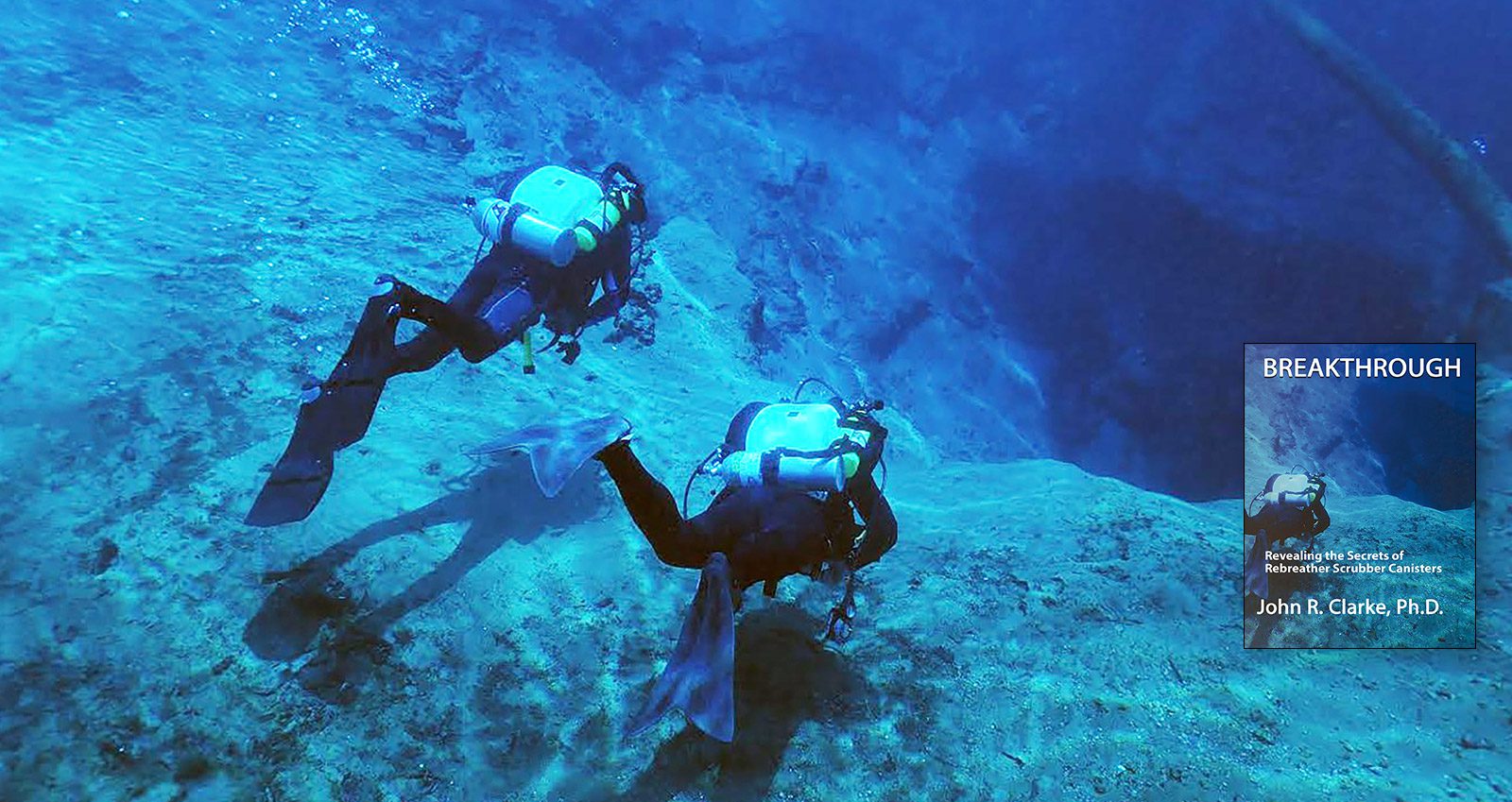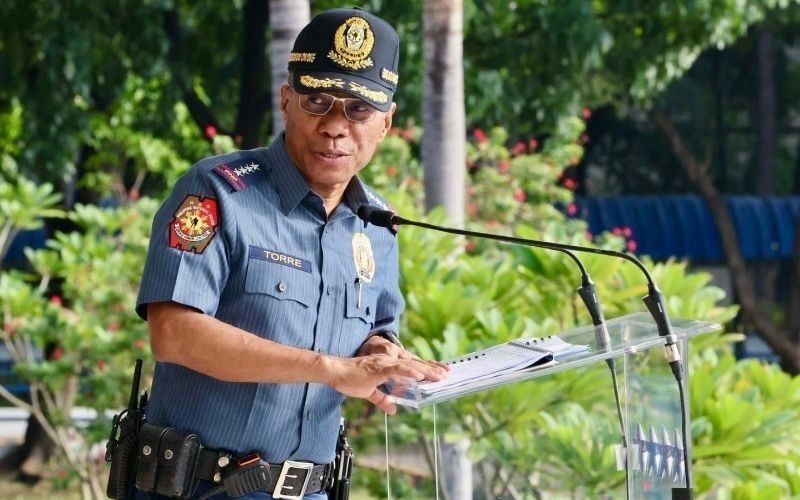In a gripping twist that has left the nation stunned, PNP Chief Totoy III disclosed a shocking revelation in the probe into the disappearance of dozens of sabungeros (cockfighters): the missing bodies aren’t just buried beneath Lake Taal, but possibly scattered across multiple secret dumping grounds in the region. With new leads pointing to remote sites and deep-water environments, the Philippine National Police (PNP) and the Department of Justice (DOJ) are now exploring increasingly sophisticated methods—including robotic diving equipment—to uncover the full extent of this grisly and complex case.
1. A Growing Investigation: Far Beyond Taal Lake

For months, the focus of the investigation had been Taal Lake—a notorious volcanic crater lake rumored to conceal the remains of missing sabungeros. Previously, jurors and authorities considered Taal the most likely final resting place. However, when PNP Chief Totoy III announced that forensic and police intelligence point to multiple burial sites, the investigation took a dramatic turn.
In a press briefing, Totoy III revealed:
“Preliminary forensic mapping and dive surveys in Taal have revealed anomalies—positions where burial clusters are unlikely. This suggests they’re covering their tracks by spreading the victims across various hidden locations.”
Following these findings, police teams launched an operation identifying several isolated islands, underground culverts, and hillside sinkholes as potential dumping zones.
2. The Challenge of Recovery: Depth, Decay, and Identification

As investigators expand their search, concerns are mounting over the state of decomposition, especially in underwater environments. Bodies submerged for extended periods in cold, murky water pose major challenges for forensic identification.
In water, decomposition slows—gases trapped in tissues can preserve bodies, but skin sloughing and tissue damage make fingerprinting difficult.
Remains hidden in sinkholes or isolated trenches complicate access and risk partial recovery.
Identification through dental records, bone structure, or DNA is possible—but requires comparative samples, which are often delayed or unavailable.
These factors add urgency to the search. Time is not an ally.
3. Robotic Dives: When Human Divers Can’t Do the Job
Recognizing the difficulty of conventional diving—especially at depth, in cold, or contaminated waters—the DOJ is now exploring robotic submersible vehicles to assist in search operations.
These remotely operated vehicles (ROVs) could allow teams to:
Scan up to 200-meter depths in high-resolution sonar.
Navigate narrow, hazardous passages inaccessible to humans.
Capture video and physical evidence without risking divers’ lives.
Begin recovery efforts more precisely once anomalies are located.
The PNP has reportedly reached out to foreign underwater-robotics experts, requesting tech transfer and training support for this critical mission.
4. Multiple Sites, Multiple Challenges

PNP investigators have identified several possible dumping locations:
Lake Taal basin: Deep crater zone.
Offshore ridges: Submerged geological walls.
Abandoned limestone quarries: Water-filled, narrow spaces.
Remote forest holes: Sinkholes or collapsed tunnels hidden by dense terrain.
Each location presents a unique challenge:
Large expanses of deep water make manual dives dangerous or inefficient.
Forest-holes and quarries often lack mapping data or public access.
Remote locations delay response times and forensic collection.
The PNP has formed a specialized Multi-Site Task Force, combining local investigators with international aides.
5. How This Impacts the Case
This explosive development could be a game-changer in several ways:
Confirms Totoy’s narrative about widespread, deliberate concealment.
Strengthens the credibility of whistleblowers by showing the scope of cover-up.
Supports charges of mass murder, kidnapping, and obstruction of justice.
Exposes weaknesses in local structure—how coordinated disappearance and concealment could be executed.
Sets a new standard for multi-agency cooperation—police, military engineers, forensic experts, marine archaeologists.
6. Public Reaction and Pressure
Public outrage has reached fever pitch. Netizens have criticized the lack of immediate action and slow pace of recovery. Families of sabungeros, who have long awaited closure, now express cautious optimism:
“If there is even a chance of locating our loved ones, we demand police, cops, and DOH go all out to uncover them—and identify them correctly.”
Media coverage emphasizes the need for full accountability, while human rights advocates warn against police militarization of evidence gathering.
7. Next Steps: What to Watch
A. Deployment of Robotic Diving Equipment
Will the DOJ secure the necessary submersible units?
When and where will robot-assisted scans begin?
B. Launch of Multi-Site Operation
New remote excavation teams, dive experts, and support units.
Timeline for preliminary site scans and recoveries.
C. Forensic Identification Efforts
DNA collection from families—familial references needed for confirmation.
Dental record access and coroner coordination.
D. Legal Developments
Issuance of search warrants supported by ground mapping or sonar evidence.
The role of Atong Ang and co-accused in disposing of bodies.
Strengthening witness protection protocols for Totoy, other insiders.
8. The Human Toll
It’s essential to recognize the people behind the headlines. Over 30 missing sabungeros. A pregnant woman among the disappeared. Families forced to accept “body not found” as a life sentence. A community riddled with suspicion.
Now, with talk of robot diving and multiple sites, hope lingers that something can be done: that bodies may be found and returned, that names may be spoken, that justice can reach far beyond the shadows.
⚖️ Final Takeaway: This Story Is Far From Over
What began as a probe into underground gambling has turned into a multi-locational forensic expedition involving cutting-edge technology, deep dives, and criminal investigations that test the rule of law itself.
Here’s what matters most:
Bodies of missing sabungeros may be hidden across various locations—some underwater, some underground.
Video footage, insider testimony, and now forensic mapping and remote searching are combining to unearth the truth.
DOJ’s plan to use robotic dive units demonstrates intent—but execution and transparency will determine success.
Families, the public, and survivors await answers. The world watches.
If bodies are recovered and identified, prosecutions could ensue. No distraction, no fade-out—just accountability. But the clock is ticking.





